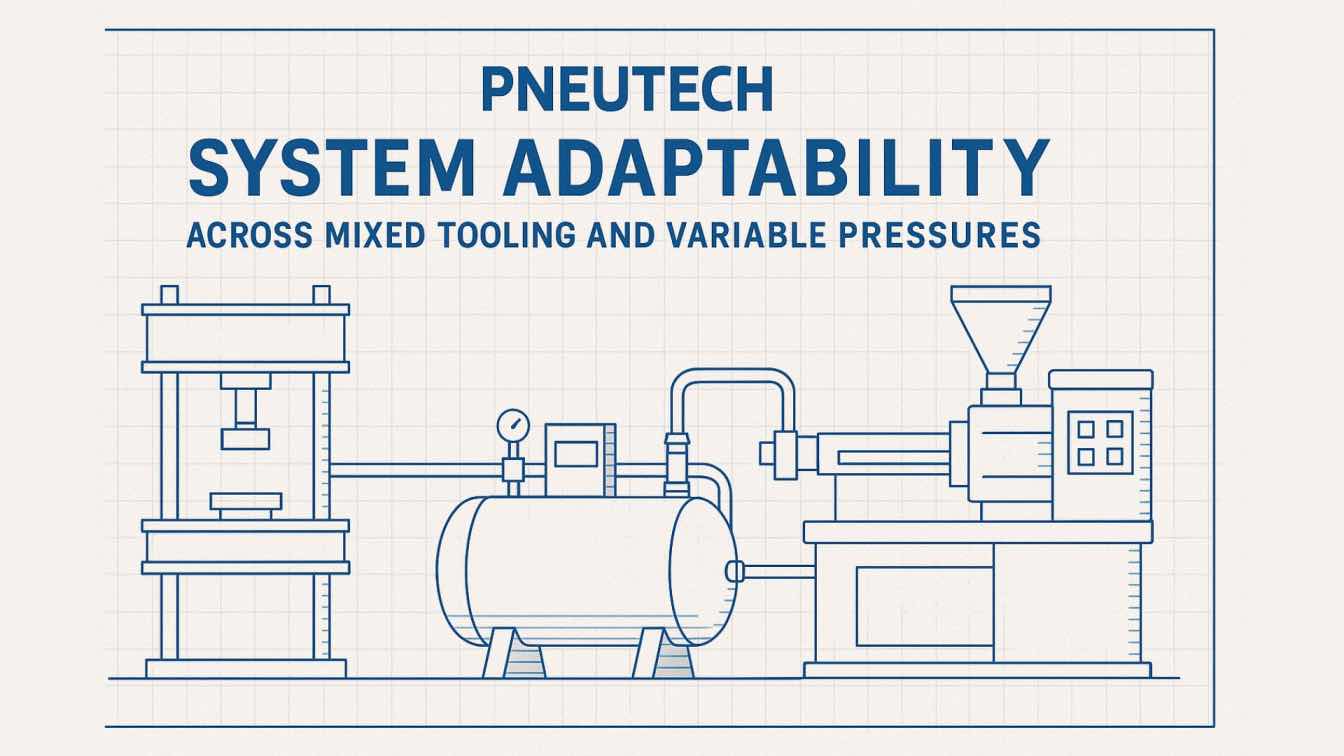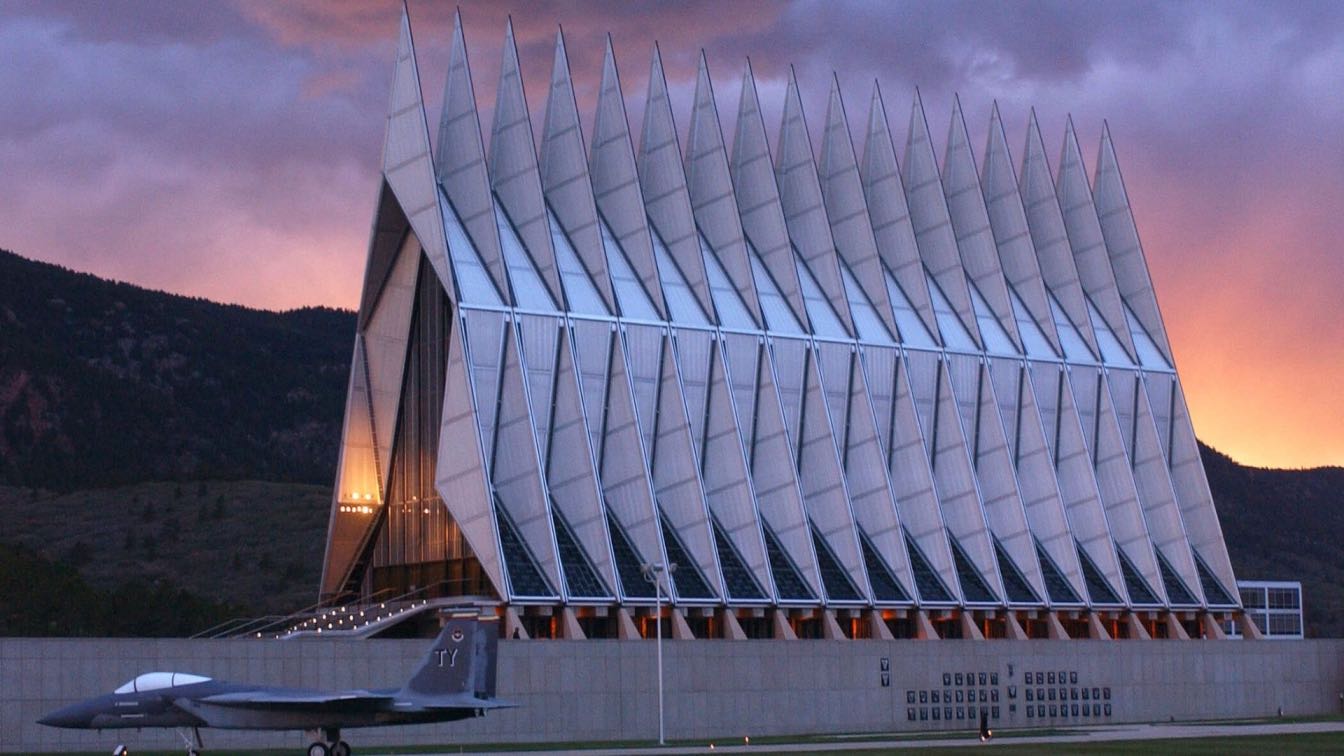The air on a factory floor or in an automotive workshop is alive with activity. It carries the sharp hiss of a pneumatic wrench, the steady drone of an orbital sander, and the precise, controlled burst from a paint sprayer applying a finish. These sounds are the pulse of modern productivity, and they are all powered by a single, vital utility: compressed air. Yet, orchestrating this symphony of tools presents a profound engineering challenge. The demand for air is never static; it is a chaotic mix of high and low flows, sustained draws, and sudden peaks. Simply installing the largest possible reciprocating air compressor to meet peak demand is a relic of outdated thinking, a brute-force solution that breeds inefficiency and inflates operational costs.
True mastery of pneumatic power lies not in its maximum capacity, but in its adaptability. The most effective systems are those intelligently designed to be flexible, responsive, and capable of delivering the right amount of air at the right pressure, precisely when and where it is needed.
The Spectrum of Pneumatic Demand
The core challenge of any compressed air system originates from the diverse nature of the tools it powers. A media blaster or grinder represents a high-consumption, continuous load, demanding a massive and stable volume of air to function. In contrast, an impact wrench or nail gun requires only a short, intense burst of pressure, remaining idle most of the time. When a system cannot adequately manage these fluctuations, pressure drops become inevitable.
These critical inconsistencies in performance and quality are precisely the problems that modern system providers like pneutech are engineered to solve. A momentary drop can ruin a delicate paint job with sputtering, or worse, cause a fastening tool to under-torque a critical bolt, creating a potential safety hazard. The traditional approach of oversizing a single compressor for the highest theoretical demand is profoundly wasteful. This strategy forces the machine into inefficient load/unload cycles, consuming significant energy while doing no useful work and subjecting mechanical components to unnecessary wear and tear.
Architecting an Adaptive Air System
The solution to variable demand is not a bigger hammer, but a more intelligent toolkit. An adaptive air system moves beyond the single-compressor model and embraces a modular, strategic approach known as base load and trim. This design philosophy first identifies the constant, minimum air demand of a facility—the “base load.” This foundational demand is best served by machines designed for endurance and efficiency in continuous operation. This is the ideal role for compressors rotary screw, which excel when running at a 100% duty cycle, providing a highly efficient and stable supply of air for all foundational processes. For the intermittent spikes in demand—the “trim” load—a different type of machine is required. A reciprocating air compressor is perfectly suited for this role. Its design is more tolerant of frequent start/stop cycles, allowing it to kick in to handle sudden peaks without placing undue stress on the primary unit. This complementary pairing creates a system that is far more efficient and resilient than any single unit could be on its own.
The Role of Intelligent Control and VSD
A multi-compressor setup requires a conductor to lead the orchestra. This role is filled by advanced system controllers that act as the brain of the entire network. These controllers monitor system-wide air demand in real time, intelligently activating, deactivating, or sequencing compressors to use the most energy-efficient combination possible to meet the need at any given moment. This intelligent management involves several key actions:
1. Prioritizing the use of the most efficient compressors first.
2. Sequencing different units to equalize wear and run-hours.
3. Preventing multiple compressors from running in a wasteful unloaded state simultaneously.
4. Maintaining a precise and narrow pressure band to avoid over-pressurization.
This logic is elevated further with Variable Speed Drive (VSD) technology. Rather than running at a fixed speed in a wasteful load/unload cycle, a VSD compressor adjusts its motor speed to precisely match air generation with consumption. This eliminates energy waste during periods of lower demand. Modern systems from providers like pneutech integrate this technology seamlessly, offering unparalleled efficiency gains. Of course, this intelligent system is only complete with proper air treatment. Integrated dryers and filters ensure the clean, dry air delivered protects not only the compressors but also the sensitive pneumatic tools downstream.
Practical Application: A Modern Manufacturing Cell
Consider a modern manufacturing cell where automated robotics work alongside skilled human operators. The robots require a perfectly stable air pressure for repeatable precision, while the operators use intermittent-power tools for assembly. The facility’s old system, relying on a single, oversized reciprocating air compressor, constantly struggled. It wasted energy idling, and every time an operator used a high-torque wrench, the system pressure would dip, momentarily affecting the robots' performance. The solution lies in a system designed for this mixed-use environment. For a large-scale operation, the answer could be installing a dedicated compressors rotary screw to establish a stable, efficient base load for the robotics. A more elegant and increasingly common solution, however, is to install a single, correctly sized Variable Speed Drive (VSD) system. A sophisticated VSD unit, like those central to the pneutech design philosophy, can handle the entire demand spectrum. It provides the steady, low-cost air for the automation while instantly ramping up to meet the sharp, intermittent peaks from manual tools, all while maintaining stable pressure and maximizing energy efficiency.
Conclusion
The landscape of pneumatic power has fundamentally shifted. The sheer diversity of modern tooling and the relentless pursuit of operational efficiency demand that we move beyond the simplistic, brute-force air systems of the past. Peak performance and fiscal responsibility are not mutually exclusive; they are the direct results of intelligent system design. The most effective solution is rarely the single largest machine, but rather a thoughtfully engineered ecosystem of components. By leveraging strategies like base load/trim pairings, the precision of Variable Speed Drive technology, and the orchestration of master controllers, a facility can create a compressed air network that is truly responsive to its unique needs. This commitment to adaptability yields tangible returns: dramatically lower energy consumption, longer tool and equipment life, superior product quality, and a more resilient, productive, and sustainable operational footprint for the future.





